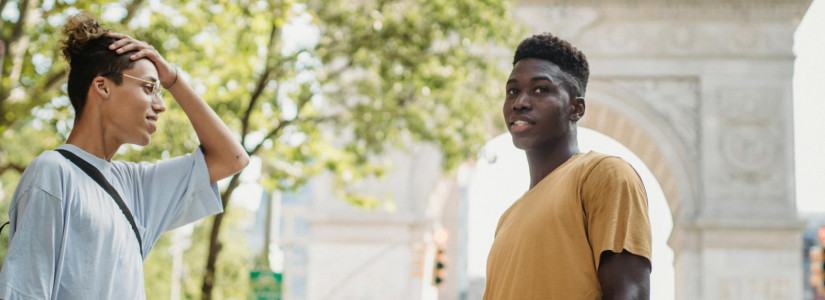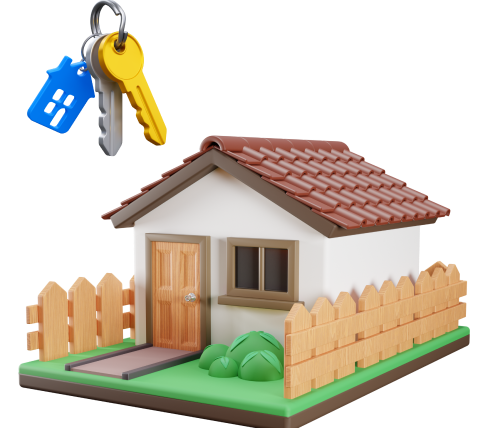Innovative Zero-Down Payment Home Loans Reignite the Dream of Homeownership
In response to the escalating costs of homes nationwide, United Wholesale Mortgage (UWM), led by Mat Ishba, a mogul in the industry, has launched an inventive mortgage product that requires no down payment.
The program facilitates the process for buyers to finance upwards of 97% of a home's value and addresses the remaining portion with a secondary loan up to $15,000. This additional loan bears no interest and is due upon the property's sale, the primary mortgage's payoff, or when refinancing the home.
For instance, when eyeing a property valued at $300,000, homebuyers can benefit from an interest-free loan of $9,000 to bridge the down payment gap. Homes fetching a $500,000 price could see buyers receive up to $15,000 of assistance.
The awarded loan amount is based on the lesser of the home's sale price or its appraised value, safeguarding buyers in overheated markets.
Who Is Eligible
Aimed at first-time buyers or those with incomes not exceeding 80% of the median in their locale, applicants need a credit score of 700 or above. However, income-qualified borrowers can be eligible with a minimum FICO score of 620.
UWM's visionary, Mat Ishbia, stands firm in his belief that this program is a game-changer, especially for mortgage brokers, and extends a lifeline to prospective homeowners deterred by the upfront costs of buying a home.
Program Requirements and Economic Context
Participants still must navigate the usual lending requirements like income verification and debt management. This innovative mortgage option emerges at a pivotal moment, as the industry is held back by towering mortgage rates, which saw a slight decrease from a high of over 8% to around 6% earlier in the year, before climbing again by May.
Removal of the down payment barrier can be significant. Consider the monthly burden of a 30-year fixed-rate mortgage with a 6.75% interest rate on a $350,000 home, averaging at approximately $2,270 when accounting for principal, interest, and insurance without factoring in taxes and other home-related expenditures.
UWM's forward-thinking strategy aims to inject new life into the housing market while making homeownership far more attainable during tumultuous economic times.
-
Looking for more resources on housing support and assistance? Check out these articles:









